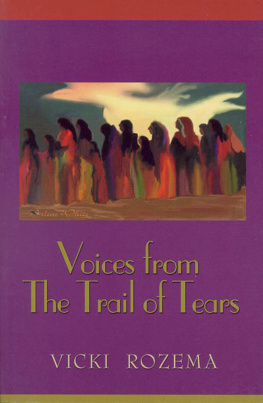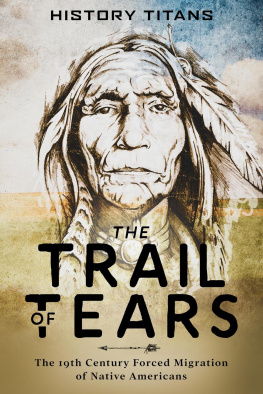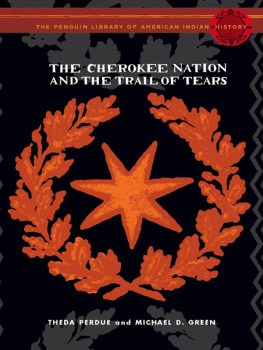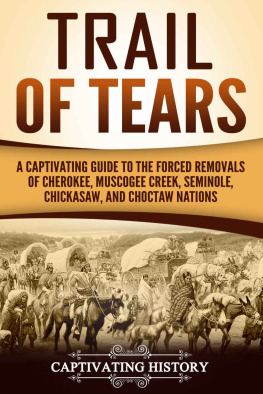
Published in 2021 by Cavendish Square Publishing, LLC
243 5th Avenue, Suite 136, New York, NY 10016
Copyright 2021 by Cavendish Square Publishing, LLC
First Edition
No part of this publication may be reproduced, stored in a retrieval system, or transmitted in any form or by any meanselectronic, mechanical, photocopying, recording, or otherwise without the prior permission of the copyright owner. Request for permission should be addressed to Permissions, Cavendish Square Publishing, 243 5th Avenue, Suite 136, New York, NY 10016. Tel (877) 980-4450; fax (877) 980-4454.
Website: cavendishsq.com
This publication represents the opinions and views of the author based on his or her personal experience, knowledge, and research. The information in this book serves as a general guide only. The author and publisher have used their best efforts in preparing this book and disclaim liability rising directly or indirectly from the use and application of this book.
Portions of this work were originally authored by Lydia Bjornlund and published as The Trail of Tears: The Relocation of the Cherokee Nation (American History). All new material this edition authored by Jennifer Lombardo.
All websites were available and accurate when this book was sent to press.
Library of Congress Cataloging-in-Publication Data
Names: Lombardo, Jennifer, author.
Title: The Trail of Tears / Jennifer Lombardo.
Description: First edition. | New York: Cavendish Square Publishing, [2021] | Series: Turning points | Includes bibliographical references and index.
Identifiers: LCCN 2019049001 (print) | LCCN 2019049002 (ebook) | ISBN 9781502657756 (library binding) | ISBN 9781502657749 (paperback) | ISBN 9781502657763 (ebook)
Subjects: LCSH: Trail of Tears, 1838-1839-Juvenile literature. | Cherokee Indians-Relocation-Juvenile literature. | Indian Territory-History-Juvenile literature. | Southern States-History-Juvenile literature.
Classification: LCC E99.C5 L64 2021 (print) | LCC E99.C5 (ebook) | DDC 973.5/7-dc23 LC record available at https://lccn.loc.gov/2019049001
LC ebook record available at https://lccn.loc.gov/2019049002
Editor: Jennifer Lombardo
Copy Editor: Michelle Denton
Designer: Deanna Paternostro
Some of the images in this book illustrate individuals who are models. The depictions do not imply actual situations or events.
CPSIA compliance information: Batch #CS20CSQ: For further information contact Cavendish Square Publishing LLC, New York, New York, at 1-877-980-4450.
Printed in the United States of America

TABLE OF CONTENTS

Before the US government took control of their land, Native Americans could travel when and where they chose.
INTRODUCTION
A HISTORY OF SUFFERING
E ver since the first white Europeans arrived in what is now the United States, there has been conflict between them and the people who first inhabited North America. In the past, it was the Native Americans who received most of the blame; they were often depicted as bloodthirsty savages who would attack people for no reason. However, a better understanding of historical events has revealed that it was most frequently the white settlers and leaders who were the aggressors.
All native groups suffered in various ways after the Europeans invaded North America, but the story of the Trail of Tears stands out as a particularly horrifying incident. In the 1830s, the native groups that lived in the Southeastincluding the Cherokee, Creek, Chickasaw, Choctaw, and Seminole nationswere forced from their homes and sent to government camps, where they awaited their departure to land that had been set aside for them in present-day Oklahoma. The US government had decided to stop trying to get them to move west of the Mississippi River by legal and political means and decided to take more direct action instead, physically forcing them to relocate. This final, brutal removal of the Native Americans from their ancestral lands has become known as the Trail of Tears.
An Act of Greed
In the 1830s, about 100,000 Native Americans were forced to leave their homes and make a dangerous journey to reservations in the West. The Cherokee are the main group people associate with the Trail of Tears, but many historians include the Creek, Chickasaw, Choctaw, and Seminole nations in their accounts of the Trail of Tears. Other Native Americans living in other parts of the growing United States experienced their own tearful trails as they, too, were forced from their homelands. According to the Encyclopedia Britannica, The term Trail of Tears invokes the collective suffering those people experienced, although it is most commonly used in reference to the removal experiences of the Southeast Indians generally and the Cherokee nation specifically.
By the 1820s, an increasing number of white settlers were living illegally on land owned by the Cherokee Nationa trend made worse after gold was discovered on Cherokee land in 1828. State governments ignored the Cherokees petition for help to remove the illegal settlers. In fact, most states responded by putting additional pressure on the Cherokee to leave. The passage of the Indian Removal Act in 1830 made it a federal issue. This act, pushed through Congress by President Andrew Jackson, set aside land in so-called Indian Territory (present-day Oklahoma) for Native Americans in exchange for their land in the East. The law required all Native Americans to move west of the Mississippi River within a few years of its passage. By 1838, most native groups in the Southeast other than the Cherokee Nation had chosen to leave or had already been forced to relocate.
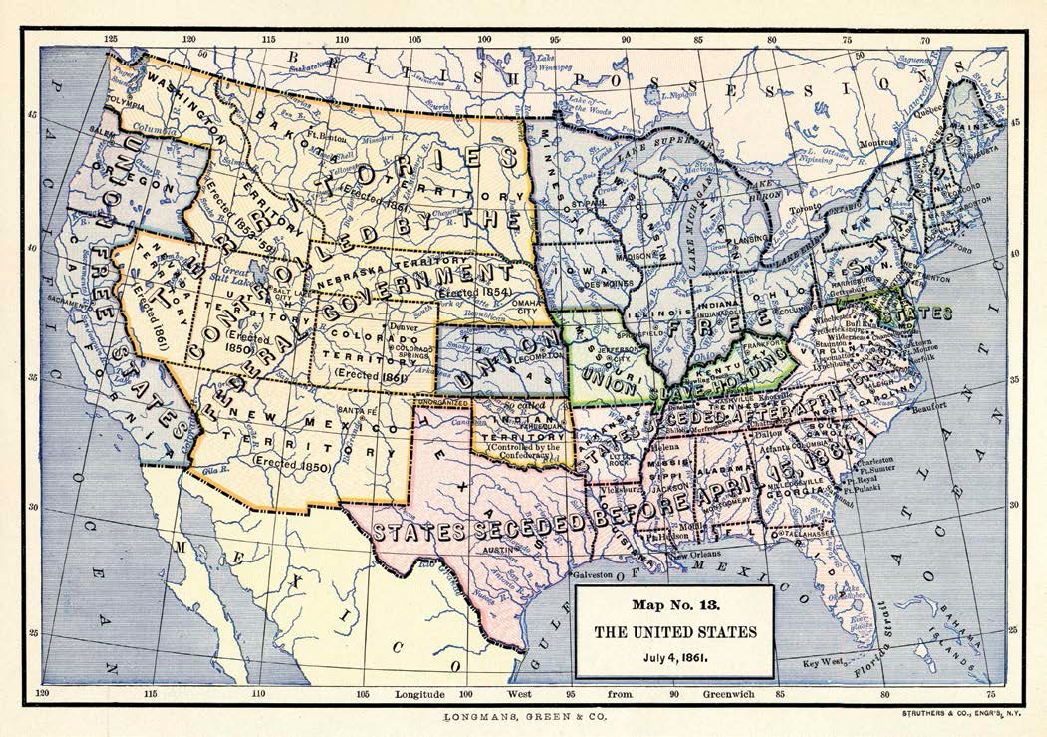
This map shows present-day Oklahoma labeled as Indian Territory. In 1907, when Oklahoma became a state, Indian Territory ceased to exist.
Still, the Cherokee refused to believe the US government would ignore its promises and treaties. They pointed to past agreements that had been signed in good faith that they believed gave them the right to their homelands. Cherokee delegations went to Washington, DC, to plead their case before Congress. They met with US presidents and cabinet members to request exemption from the Indian Removal Act; they took their case all the way to the Supreme Court. For years, the Cherokee believed that justice would prevail.
Betrayal of Trust
The Cherokees faith in the US government proved unfounded. In 1838, the US Army was ordered to evacuate all Cherokee people from their homeland and lead them westward to their new land in Indian Territory. They were forced from their homes and moved into hastily constructed forts. Crowded together in unsanitary conditions, the Native Americans became susceptible to diseases that swept through the forts. Hundreds died before they even started their westward journey.
To get to the land set aside for them, men, women, and children walked 800 to 1,000 miles (1,288 to 1,609 kilometers)a journey that took up to 6 months. The native people suffered greatly along the way. Boats capsized. Wagons broke down. Food was scarce and spoiled. Death was common. Some turned back, but most had no choice but to continue on, desperately hoping to reach their









